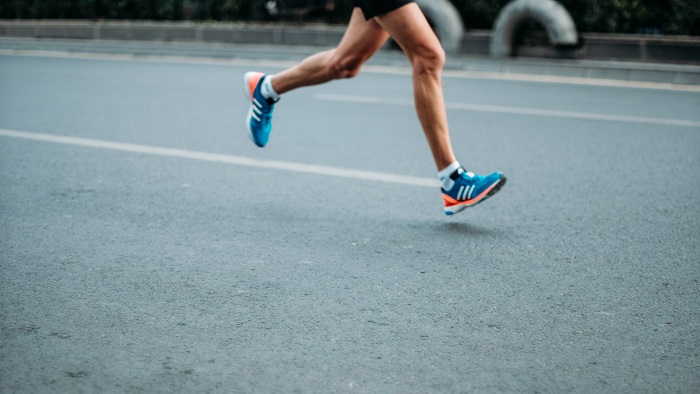Spearheaded by ukactive, this annual event serves not only as a call to prioritise daily physical activity but as an opportunity to recognise the role of human movement in addressing society's most pressing challenges. Prevention of disease, tackling health inequalities, and addressing climate change are complex problems that no single organisation or sector has the solution to but all can benefit from a more active population.
A shift in the way we move around our towns and cities, for example from motorised transport to cycling and walking, is key lever in tackling climate change. Active travel has been associated with decreases in air pollution and CO2 emissions, as well as helping create economically vibrant cities and communities that can prevent disease by reducing air pollution and harness the benefits to business of a healthy and active workforce. By incorporating active transportation options and utilising green infrastructure, we have a model for fostering a healthier planet while also prioritising personal wellbeing. On yer bike, Yorkshire!
As the region strives for post-pandemic recovery and economic growth, it must ensure the inequalities that persist within its communities are addressed. Health disparities, often stemming from economic and social inequities, remain a harsh reality for many in the region. National Fitness Day highlights the potential of physical activity to be a tool for social change, connecting people to opportunities to learn new skills, access jobs and create the conditions for communities to grow and thrive.
The global challenge of inequalities came into sharp focus recently, on a visit to La Trobe University in Melbourne, Australia (and yes, the irony of talking about climate challenge is not lost on me). With the backdrop of the Women’s World Cup, and the celebration of women’s sport that this event brings, I was struck by the enduring disparities in sports participation and representation of the First Nations of Australia. While Australia's sporting identity has thrived on the global stage, Indigenous athletes have faced limited pathways, often battling socio-economic challenges and poor living conditions that hindered their journey. This inequality has its roots in historical injustices, limited access to resources, and systemic barriers and although strides have been made to address this inequality, significant gaps remain.
The underrepresentation of First Nations athletes in professional sports and leadership roles echoes broader societal issues. Collaborative efforts, led by Indigenous communities, sporting organisations, and policymakers, are essential to dismantle these barriers and create inclusive spaces that reflect the true diversity of Australia. So much of this is true for our challenges regionally, where too often our poorest communities lack access to high-quality green spaces, walkable streets, and affordable recreation and fitness options. This results in a cycle where the most vulnerable individuals are denied the means to stay physically active, perpetuating health disparities.
By focusing on promoting inclusive, accessible, and affordable physical activity options, the organisations engaged and promoting National Fitness Day can shed light on the importance of equity of access. Moreover, the day can serve as a reminder that health and wellbeing are human rights that must be accessible to all, irrespective of background. Collaborative efforts between government, public and private sectors and non-profit organisations can contribute to creating an environment where everyone has the opportunity to lead an active and healthy life.
Only by addressing inequalities in physical activity access, can we make a significant step towards a fairer and more just society. National Fitness Day therefore presents an opportunity to champion inclusivity in physical activity as well as the benefits of movement itself. By ensuring that underserved communities have access to safe and affordable fitness options, Yorkshire can lead on tackling health inequalities through the promotion of a more active population. Closing this gap is something we are firmly committed to at the Advanced Wellbeing Research Centre (AWRC). Indeed, our next five-year strategy has tackling health inequalities as one of our five grand challenges that we intend to address through our research, innovation and knowledge exchange in human movement.
National Fitness Day transcends a mere celebration of physical activity—it's an opportunity to renew our efforts to drive societal change. As we lace up our trainers and take to the streets, let's remember that every step we take moves us toward a healthier, fairer, and more resilient world.



